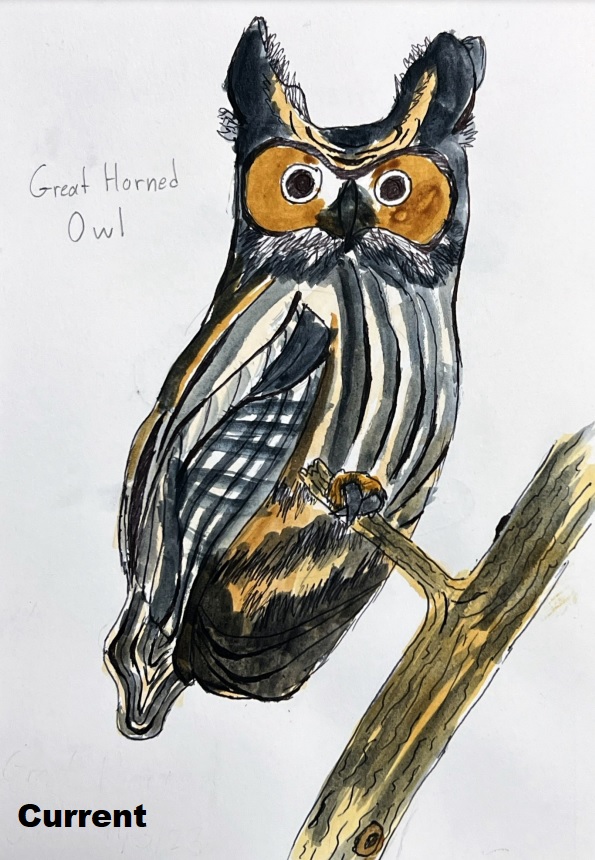The Great Horned Owl (Bubo virginianus) is common in North America as well as South America and can be found in almost any habitat, including rainforests. When hunting, it is aggressive and powerful, accepting almost any small creature that it encounters as lunch. With its sharp beak and long talons, this bird is certainly a formidable predator.
Due to climate change, the owl will be forced to adapt to changes in its environment. The owl’s range will change if their prey moves to new areas. Since these birds don’t migrate, the owl would change its appearance based on its habitat. Snowy northern areas would cause the bird to grow more down feathers to keep warm and would turn white like the snowy owl for better camouflage when hunting. Meanwhile, owls living in equatorial regions would grow less down feathers to keep cool and would have brighter colors to reflect sunlight.
Contact us
Thank you for your interest in contacting Future Engineers. We look forward to connecting with you!
General Inquiries
support@futureengineers.orgSponsorship Inquiries
sponsor@futureengineers.org

